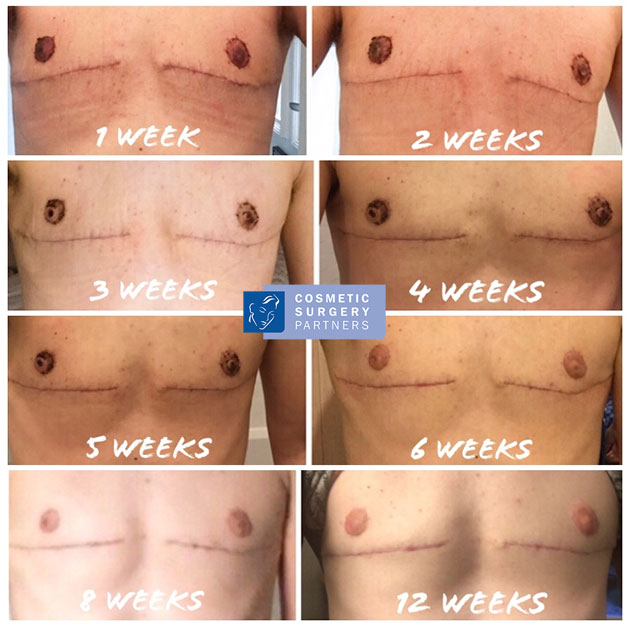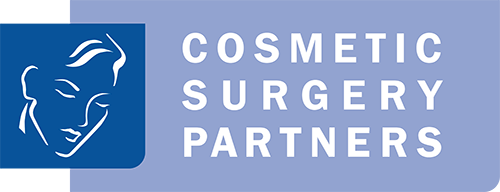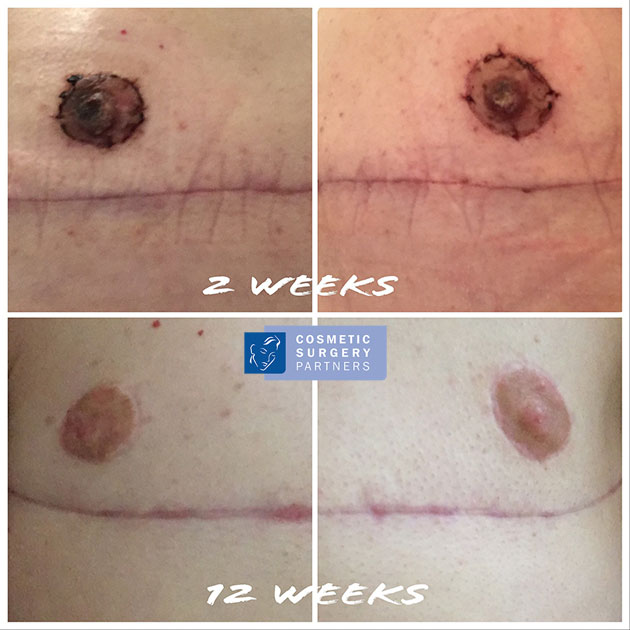OPEN MENUCLOSE MENU
- About this Treatment
- prev
- next
- prev
- next
At London-based Cosmetic Surgery Partners, we are committed to offering a full range of gender-affirming female-to-male (FTM) cosmetic surgery procedures, designed to meet the specific needs of trans men. Our highly skilled surgeons provide expert care, helping individuals affirm their masculinity and align their physical appearance with their true identity.
Our clinic specialises in masculinisation procedures, including top surgery (double mastectomy), which is led by our expert surgeons to create a flatter, more masculine chest. Each procedure is tailored to the patient's anatomy, ensuring natural and precise results. Facial masculinisation is expertly handled by maxillofacial surgeon Mr Andrew Douglas, who specialises in reshaping the jaw, chin, and facial structure to achieve a stronger, more masculine profile.
Whether you are early in your transition or looking for additional surgeries, our clinic offers a personalised approach to help you feel more comfortable and confident in your body. We take pride in delivering exceptional gender-affirming surgeries to support you on your journey to achieving the look that best represents your authentic self. Please contact our award-winning team to book a consultation or learn more today on 020 7486 6778.
Top surgery for trans men (double incision and peri)
Top surgery (or transgender mastectomy) is a type of Female to Male (also known as F2M) surgery that removes unwanted breast tissue and reconstructs the chest for F2M transgender people. At Cosmetic Surgery Partners’ London clinic, our expert surgeons are highly experienced in performing top surgery which has helped hundreds of patients reach their body goals.
The procedure involves the removal of breast tissue. In most cases, the size of the areola (the darker skin immediately surrounding the nipple) is reduced to allow more natural proportions. The type of surgery and its specific details depend on your breast size and shape, as well as the choices you make. If you are thinking about top surgery, we can help you make an informed decision based on an in-depth understanding of the procedure, its risks and benefits and alternative options.

Top Surgery at Cosmetic Surgery Partners London
Top surgery is the most commonly performed gender reassignment surgery (GRS) for F2M transgender patients. It is an important step in the transition journey for a trans man and is often (although not always) preceded by taking male hormones for at least 6 months.
Chest reconstruction surgery is oftentimes liberating for F2M transgender patients. It means you will no longer need to bind your breasts or wear a compression vest, which can be uncomfortable. Constant efforts to hide your breasts in everyday situations such as going to the gym or using a changing room can be emotionally exhausting and draining.
For most trans men who are relatively fit and young, chest reconstruction surgery holds very few risks. It is however an irreversible procedure and factors such as excess weight and smoking can increase the chances of complications. There is also much to consider in terms of expectations and psychological impact. A surgeon cannot create the ‘perfect’ male chest but they can construct a chest that looks more gender-appropriate – although this requires a degree of scarring and alters nipple sensation. At Cosmetic Surgery Partners in London, our surgeons specialise in creating the most natural-looking results, particularly with careful planning of scar placement to ensure it is as discreet and difficult to detect as possible.
How top surgery is performed
There are 2 forms of F2M top surgery. The first is known as subcutaneous mastectomy through a peri-areolar incision, or ‘peri’, and is suitable for patients with smaller breasts (and areolae that are in the correct location). Larger breasted patients require a bilateral mastectomy (or double incision) with nipple graft procedure. For the ‘peri’ procedure, an incision is made in the lower part of the areola and unwanted breast tissue is removed through it. Double incision involves the removal of breast tissue between the gap created by 2 incisions under and over the top of the breast. You can read more about both procedures below in our frequently-asked F2M top surgery questions.
At Cosmetic Surgery Partners, we have a wealth of experience in chest reconstruction surgery. Dai Davies was the highly-respected aesthetic surgeon who carried out over 300 F2M chest reconstruction operations before handing over to Miles Berry on his retirement in 2012. As with all cosmetic surgery procedures, the first step is to book a consultation at which Miles will assess your suitability for the procedure, explore your expectations and address any concerns you may have. Please call our friendly clinic staff on 020 7486 6778 to book a consultation or ask any questions you may have regarding the procedure.
KEY
Questions we get asked about top surgery
What do I need to consider for chest reconstruction surgery?
As the operation is carried under general anaesthetic, stopping smoking is essential as is losing any excess weight. You will also need to prepare yourself mentally and understand the limitations of the procedure. At Cosmetic Surgery Partners London, we will talk you through the entire procedure in detail and advise in depth on the chest we can construct.
If you attend for a consultation, it is beneficial to have already organised the referral needed for this procedure. Our surgeon acts as part of a multi-disciplinary team and relies on the expertise of a qualified mental health professional who submits a referral, written opinion and diagnosis of gender dysphoria to comply with the national guidelines.
What is a subcutaneous mastectomy?
Also known as the peri method, this technique is suitable for patients with smaller breasts (A or B cup) and no excess skin. Breast tissue is removed through an incision around the lower part of the areola. This procedure has minimal scarring and a low risk of permanent nipple sensitivity loss. However, it is not always possible to remove all unwanted breast tissue and nipples still have large areolae in the standard method.
What is bilateral mastectomy?
Also known as double incision, a long incision is made under the crease of the breast. Another is made across the breast above the areola. This creates a segment allowing the surgeon to remove the unwanted breast tissue. The nipple-areola complex is also removed, reshaped and grafted into place (free graft).
All unwanted skin can be removed and nipples can be freely reshaped and re-positioned. Long scars are left on the front of the chest and nipple sensation is lost.
How soon will I be able to go back to work following top surgery?
Most patients can return to work and driving 2 to 3 weeks after the operation. You should be able to carry out physical work and full exercise after around 7 weeks.





